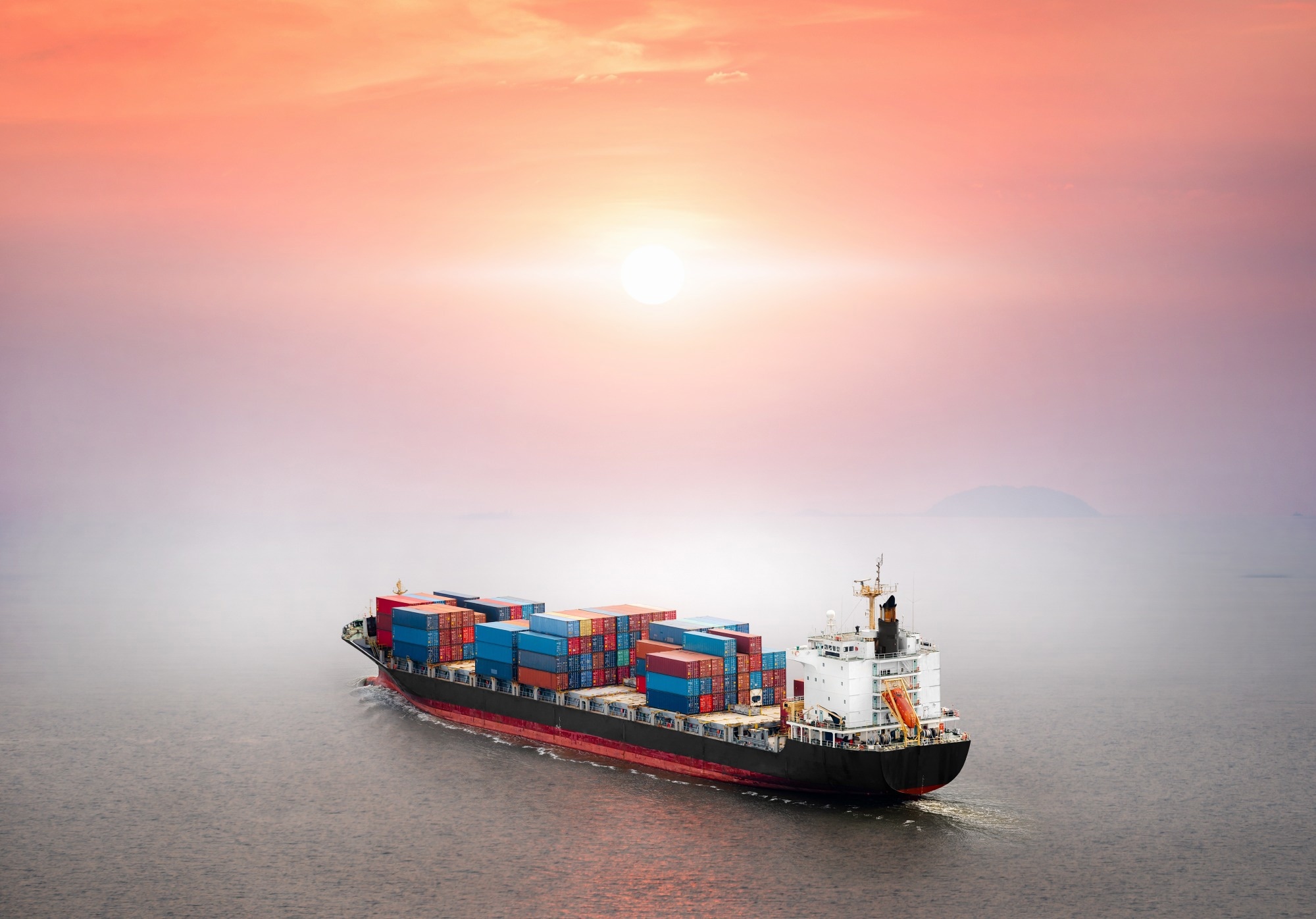In a paper published in the Journal of Marine Science and Engineering, researchers aimed to improve ship detection in synthetic aperture radar (SAR) images using machine learning (ML) and artificial intelligence (AI) techniques by surveying existing AI- and ML-based methods and addressing challenges in maritime data collection caused by changing sea conditions and weather.
 Study: Advancing Ship Detection in Synthetic Aperture Radar Images with AI and ML Techniques. Image credit: Aun Photographer/Shutterstock
Study: Advancing Ship Detection in Synthetic Aperture Radar Images with AI and ML Techniques. Image credit: Aun Photographer/Shutterstock
By identifying key features and ranking methods with the graph theory matrix approach (GTMA), the research helps users select efficient ship detection approaches, enhancing maritime operation accuracy. This work contributes to developing AI and ML techniques for SAR-based ship detection, benefiting the naval industry.
Background
Researchers have leveraged SAR technology, known for its accurate remote Earth-imaging capabilities, and harnessed the power of AI and ML to tackle ship detection challenges in SAR images. With SAR's ability to provide clear images in diverse weather conditions, AI- and ML-based techniques have become essential for weather forecasting and object detection applications. Deep learning methodologies have emerged as a game-changer in automating the identification of ships in SAR imagery, offering improved accuracy and efficiency. Various innovative approaches, including deep learning-based detectors and capsule networks, have demonstrated significant progress in ship detection accuracy, promising benefits for maritime operations in changing sea conditions.
Previous studies have explored diverse methods to improve ship detection in SAR imagery. These include using You Only Look Once version 3 (YOLOv3) for faster and more accurate detection, addressing challenges in complex scenarios, and developing efficient architectures for multiscale detection. Deep learning approaches have also enhanced ship detection and segmentation. These efforts contribute to advancing ship detection in SAR imagery analysis.
Proposed Method
The approach encompasses a systematic plan for paper selection, feature extraction, benchmark dataset choice, ranking criteria establishment, and robustness analysis. Papers were chosen based on their relevance and contribution to the field, with a focus on recent studies. The importance of these selected essential ship detection and classification features in the literature forms the basis for their significance. This study used benchmark datasets simultaneously to evaluate the effectiveness of AI and ML methods based on their suitability and availability. The GTMA employed here ranked various AI and ML techniques according to their ship detection performance, with specific criteria tailored to SAR image-based ship detection. The methodology section also delves into the application of GTMA and presents a detailed analysis of three noteworthy studies in this domain.
The methodology's strength lies in its comprehensive approach to evaluating AI and ML methods, offering a clear roadmap for assessing ship detection techniques in SAR images. It encompasses feature selection, dataset choice, and ranking criteria definition, providing a robust framework for benchmarking and optimizing these methods. Additionally, the GTMA introduces a quantitative aspect to the evaluation process, enhancing the objectivity of ranking and identifying critical features for further refinement. This rigorous methodology can advance the ship detection field using SAR imagery and contribute to more accurate and efficient maritime applications.
Experimental results
This study identified the key features essential for ship detection from the most relevant ones. The GTMA effectively classified these alternatives, resulting in the top-ranking Detection Method Two with a Permanent Function (PF) value of 59.72. At the same time, Detection Method Eight claimed the last position with a PF value of 37.84. However, it is crucial to acknowledge that the approach has limitations due to its reliance on a subset of features. Future efforts will focus on incorporating cutting-edge SAR image detection and classification techniques, combining the strengths of AI and machine learning to enhance detection methods.
Researchers further enhanced the approach's efficacy through experiments utilizing real-world SAR images. The results consistently demonstrated the superiority of GTMA in terms of accuracy and speed compared to conventional ship detection methods. Achieving a detection accuracy rate exceeding 95% across various sea conditions and environmental factors highlights the robustness of this approach. Moreover, it significantly reduced processing times, making it suitable for real-time applications.
Comprehensive comparisons with state-of-the-art ship detection methods, using various evaluation metrics such as precision, recall, and F1-score, consistently showcased the superior accuracy and efficiency of GTMA. As a result, this approach holds immense potential in the ship detection and classification domain, serving as a strong foundation for ongoing research and development. It promises to advance maritime security and safety by enabling more effective monitoring and surveillance of extensive water bodies.
Conclusion
To sum up, this study explores the application of innovative and intelligent procedures using SAR images for ship detection and classification, addressing critical tasks in maritime security. SAR technology provides high-resolution and weather-independent imagery, making it invaluable for various applications. By leveraging AI and ML approaches, the study identifies robust and rapid ship detection techniques from existing literature and ranks them using the graph theory matrix approach.
Future work aims to enhance SAR-based ship detection by incorporating data from automatic identification systems (AIS) and exploring alternative methods for detecting ships without AIS signals. This ongoing effort aligns with the rapid advancements in SAR imagery and AI/ML techniques, promising innovative solutions for ship detection across multiple industries, including maritime security, commercial shipping, and scientific research.